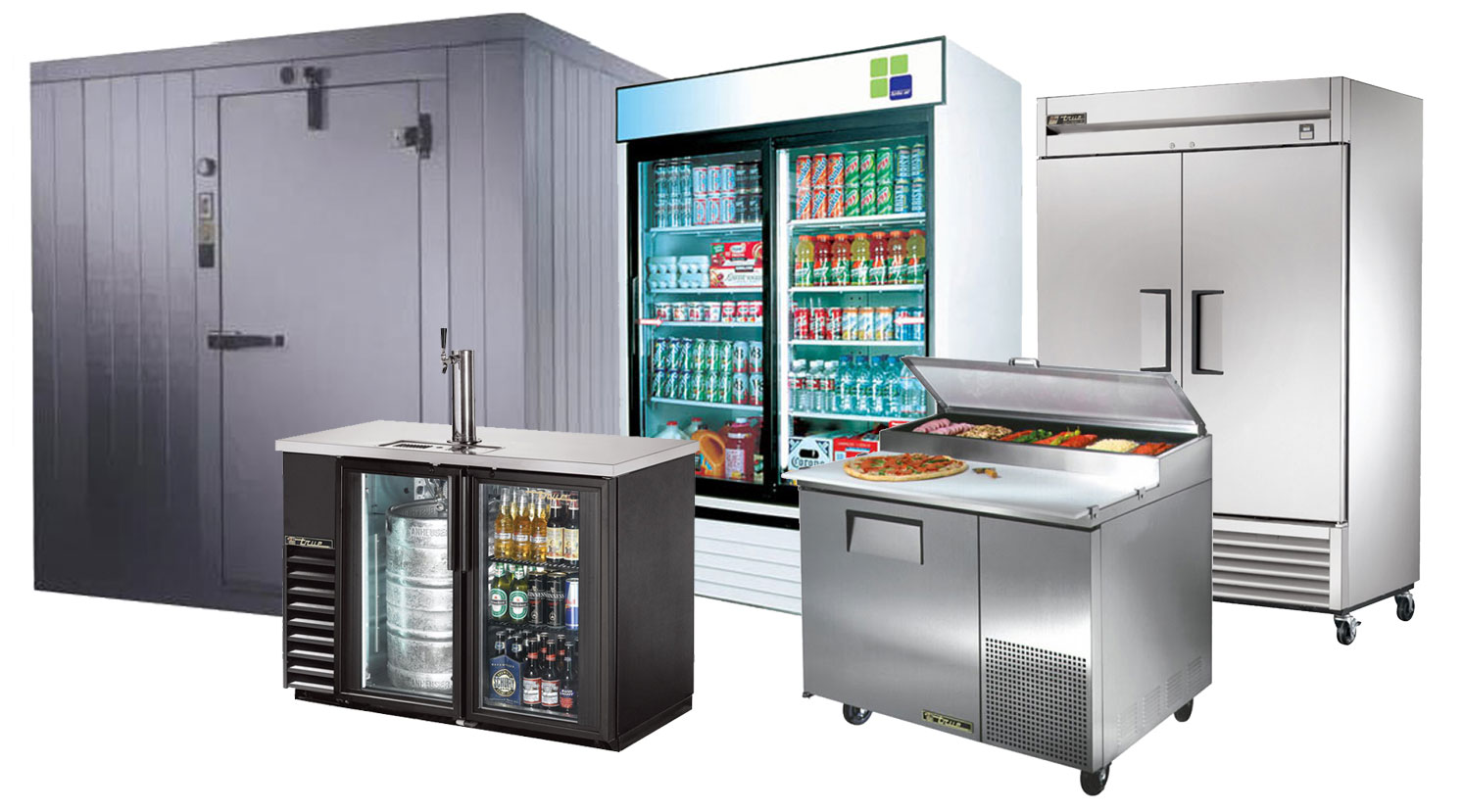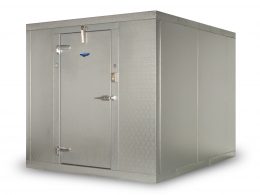There are many factors HVAC professionals consider when sizing a commercial HVAC system, and it’s important to get it right. Inadequately sized equipment can lead to energy inefficiency, higher operating costs, and worse comfort levels for the building occupants. The process can be complicated but is well worth the effort – here’s how to size a commercial HVAC system.
Step One: Calculate Your Building’s Cooling Load
First, your HVAC professional will calculate the cooling load for your building. This is done by analyzing factors such as the room’s orientation relative to the sun, insulation levels, air infiltration rates, and occupancy. Typically it takes around 25 Btu to cool down one square foot. Start by calculating the square footage of your building and then divide the space area by 500. You will then take this result and multiply it by 12,000. This will give us the exact cooling load of your building.
For each occupant of the building, add 380 Btu. Add 1,200 Btu for every kitchen in the building. Then add 1000 Btu for the solar radiation in the windows. You will then convert this number back to tons by taking your calculation and diving it by 12,000. This will give you the accurate size of the HVAC that you need.
Step Two: Select an HVAC System
Next, you’ll need to work with the technician to select the type of HVAC system that best meets your needs and budget. We will consider factors such as energy efficiency, noise level, and installation cost. Be sure to pick a unit that is designed for commercial use – residential systems usually aren’t optimized for larger spaces. There are many options to consider, and cost should weigh in, but proper installation and having a system that performs adequately for your building size is of paramount importance to avoid problems down the line.
Step Three: Select the Capacity
Once you’ve chosen a commercial HVAC system, you must choose the right capacity. It should be based on the maximum cooling load rather than the average load. You may want to use an industry-standard sizing method such as Manual J or Manual S. These methods take into account all of the factors that influence the size and help ensure that you get a system that is properly sized.
Step Four: Select the HVAC Model
Finally, you can use the manufacturer’s rating charts to determine the specific model of the HVAC unit that will fit your needs best. Your HVAC professional is educated to recommend units that match your needs and budget, but it cannot hurt to do some research on each of them yourself. Looking at each unit, you will want to research factors like airflow and static pressure, tonnage, reliability, and energy efficiency ratings.
Work with the Professionals at Fugh Refrigeration for all Your Commercial HVAC Needs
Sizing a commercial HVAC system correctly takes some time and effort, but it’s worth the effort to ensure that you get the best performance and comfort possible. With the right approach, your building will be well-equipped with an efficient and reliable HVAC system.
To ensure you get a system that will efficiently cool your building, be sure to work with the experts at Fugh Refrigeration. As your source for commercial HVAC services, we can expertly size and install your commercial HVAC system. Contact us today to learn more.
About The Author
Ben Lutz is the owner of Fugh Refrigeration, has decades of experience in the HVAC/R industry, and has managed many heating, cooling, and refrigeration technicians over the years.


 See a selection of equipment that is currently available.
See a selection of equipment that is currently available. New customer to Fugh Refrigeration?
New customer to Fugh Refrigeration?
